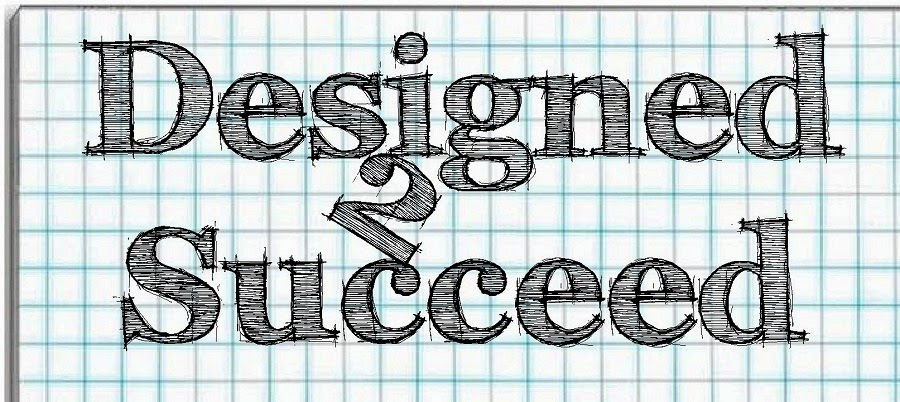Engineering Your Own Day
©Scott D. Wilson 2014
I am an engineer. I think I was born this way. The primary work of an engineer is to design practical things using scientific principles. I like designing stuff. I enjoy putting mechanisms together to make them work in new and different ways. I used to think that designing was only about pragmatic devices that enable us to do so much more than we could before.
For example, I work daily as a telecommunications engineer. I design communication system that enable people to connect and collaborate faster and easier so that they can innovate and solve problems better. I enjoy learning about new technological advances and products. Many of the technologies that I use have only been developed very recently. I am pleased when the people that I serve show enthusiasm about the systems that I develop for them to share, cooperate and communicate.
I have realized that engineering high-tech systems is only part of what I enjoy. I realize that I also relish learning about new ideas and thoughts on many diverse topics. I am also very good at putting various ideas and principles together in innovative and interesting ways that allow people to see things from a new and helpful perspective. This is simply the engineering and designing ideas and concepts instead of physical systems.
Another peculiarity of the way I operate is that I often think in pictures, emotions, smells, tastes and sounds rather than simply in words. Consequently, I tend to connect diverse things like food, joy, music and math. My difficulty then comes in finding the words to express these feelings and ideas. As the saying goes, a picture truly does paint a thousand words. So to do emotions, tastes and other sensory experiences.
I trust that you, my reader, can understand how difficult it may be to adequately explain the richness certain concepts to those who may never have encountered them. How might one properly explain a freezing snowy winter day to someone who has lived their entire life in tropical desert? And so it has been with some of the ideas that I have encountered.
One such idea that came to me was about the days of our lives and their true value. If you indulge me I will try to paint a picture of my unorthodox thoughts. Imagine if you will, the infinity of time and space laid out from the beginning of the universe until today and stretching on until the very end of time. Within this vast physical plane our small area of existence is almost unthinkably small both physically and in terms of time. Nonetheless, we each are privileged to both experience and observe life, an exceeding rare commodity in the vast cosmos.
As an engineer I have deep respect for all forms of life because they are all incredibly marvelous fragile designs. Like snowflakes, every genetic sequence of life is unique and the slightest change in environmental conditions would extinguish them or render their creation impossible. Both science and spirituality can appreciate the miraculous combinations that exist to generate life here in all its shapes and sizes.
And here are you amid this mathematical improbability that has somehow generated and sustained life. You are alive and reading these words now. And here is the amazing thing: This moment, this hour, this very day is yours. It may sound unbelievable but the facts attest that this day with all its opportunities and perils was designed specifically for you. The fact that you are experiencing it right now bear witness to this truth.
Have you ever wondered what it would be like to have your own personal day just like Christmas, St. Patrick’s or Groundhog day? The reality is that you already do right now. This is your day. The universe or God, whatever you conceive them to be has conspired to have you born and living at this very time and place. Your options are almost unlimited. You can squander this time worrying or considering things that may never happen or that have long past into history. Or you can start right now with whatever you have and begin engineering something new and better.
Every person with a sound mind has the capacity to design a new reality for themselves. This time and place holds opportunities and risks that are unique to you and you alone. You unique genetic make-up will not pass through this time period again. Our society’s siren song tells us that it is easier to accept the reality that is presented to us by those around us. It is possible to coast through life doing what is needed to remain alive. Mere existence is commonplace. Intentionally living and experiencing our unique day is rare.
It is up to you to make the most of what this life has handed to you. This challenge is yours alone. I feel called to remind you that life has gifted you with this moment to experience, experiment and learn. The past can either hold you back or teach you how to move forward. Yes, failure is a possibility. Disappointment is a risk. So too are the probabilities of success, joy and wonder. All you need to do is grab this moment and begin to engineer you own day!

